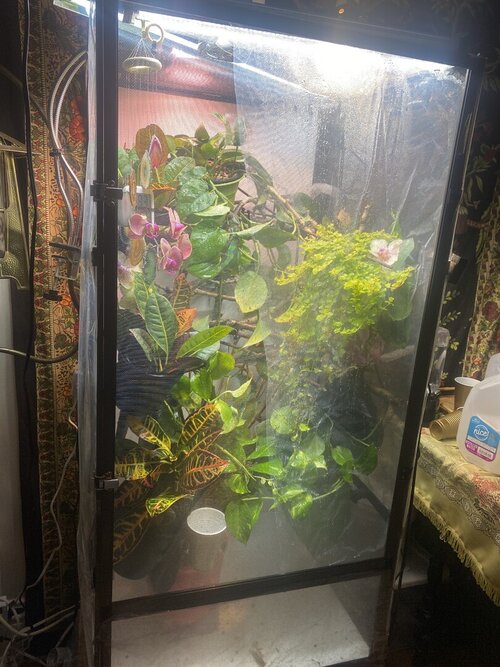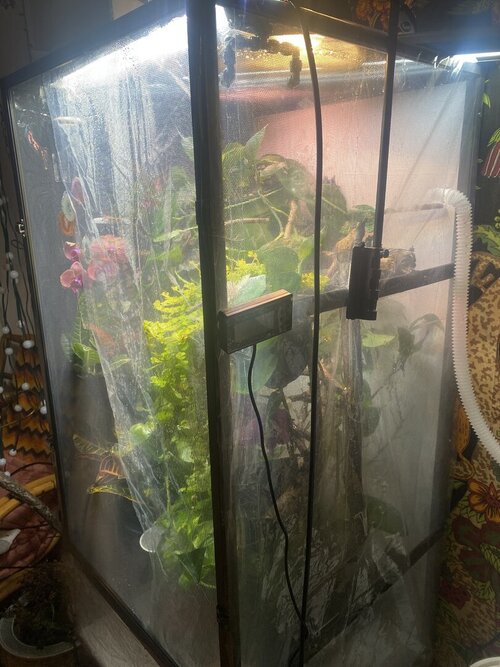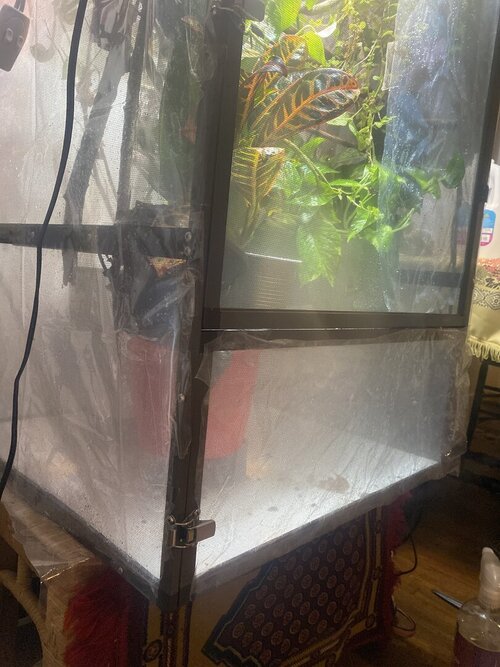Averyshazam
Member
Hey guys! I had no problem with my humidity staying between 50%-60% until it started getting cold and the heat is drying out my entire apartment. I got a fogger and it’s on almost all day and night, I added some shower curtain plastic to the front door and the bottom of the screen in the outside and the next step would be to get a humidifier for the room. Anyone have any tips?
I have a screen dragon strand enclosure. I have shower curtain taped to both sides as well.
I’m considering getting custom PVC cuts to attach to the sides instead.
I have a screen dragon strand enclosure. I have shower curtain taped to both sides as well.
I’m considering getting custom PVC cuts to attach to the sides instead.





